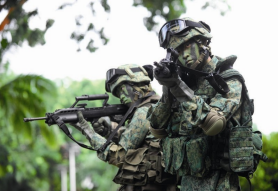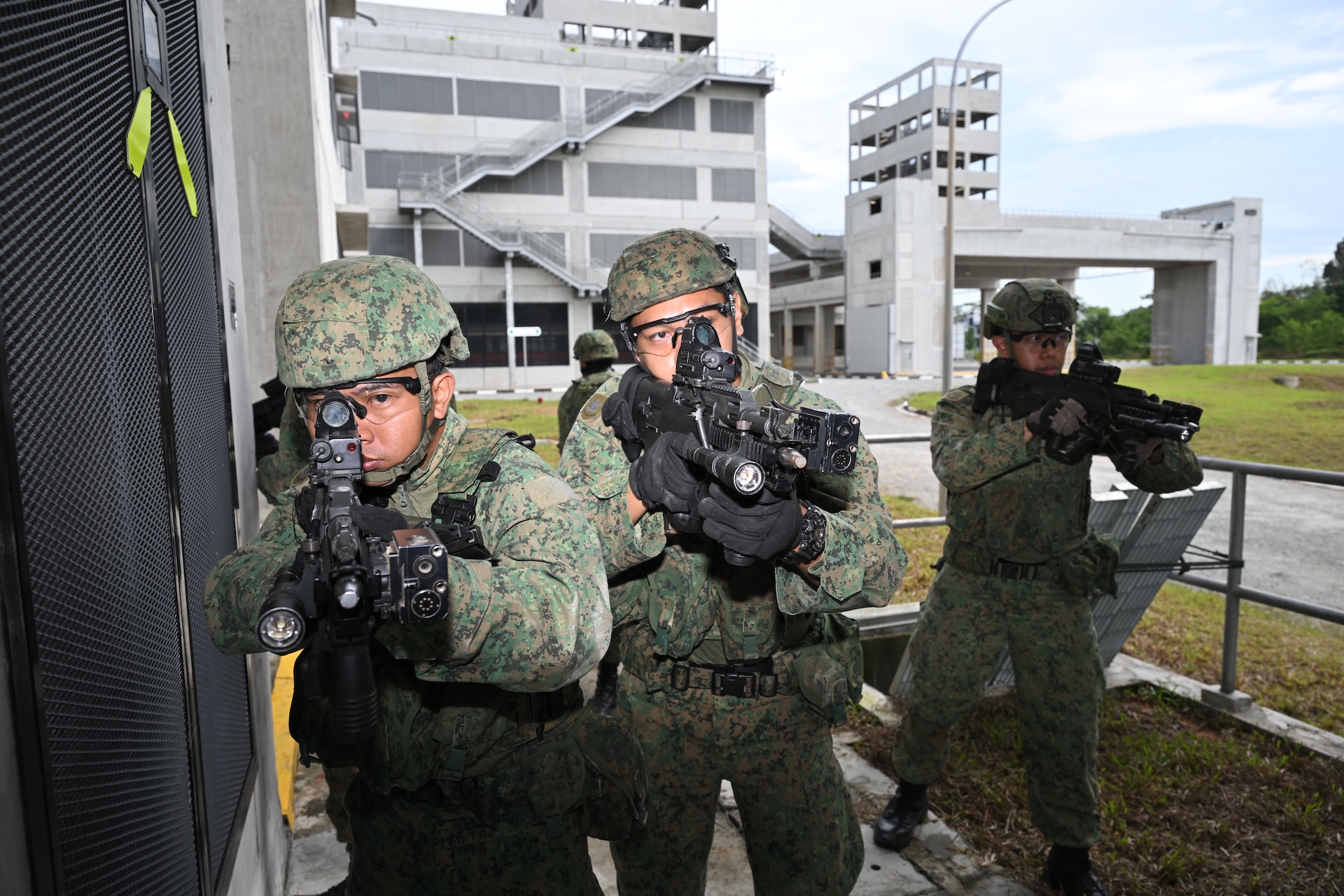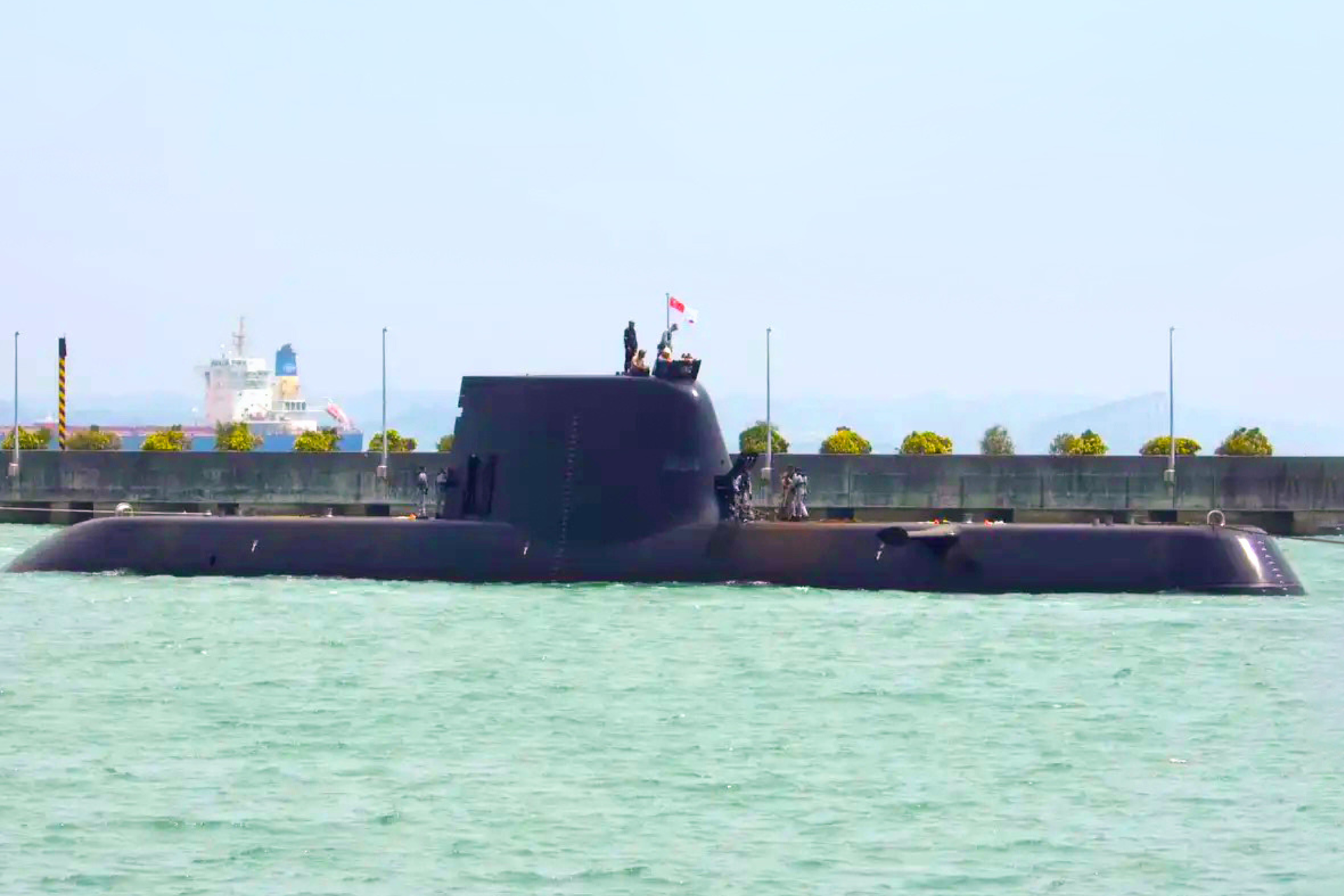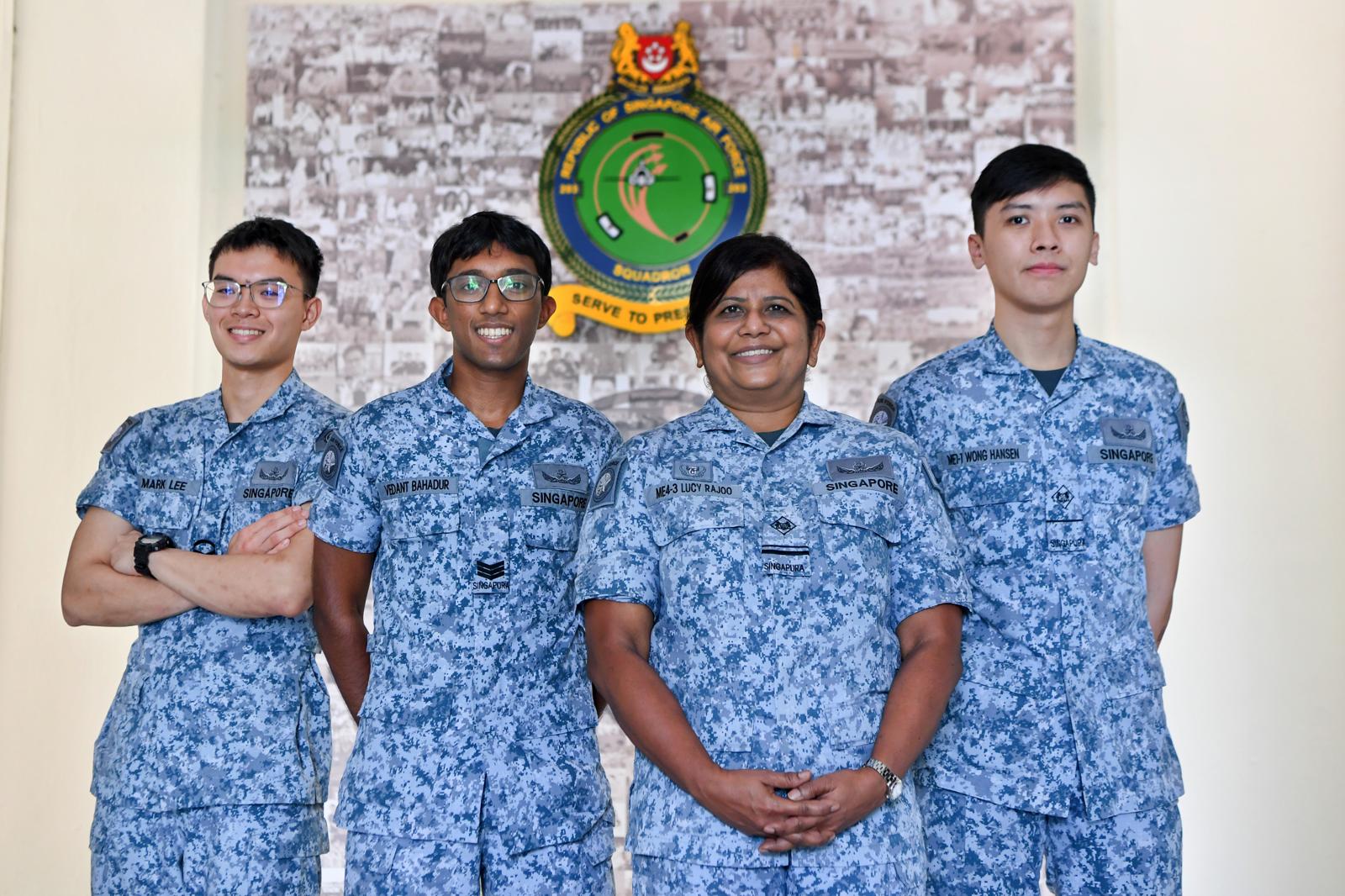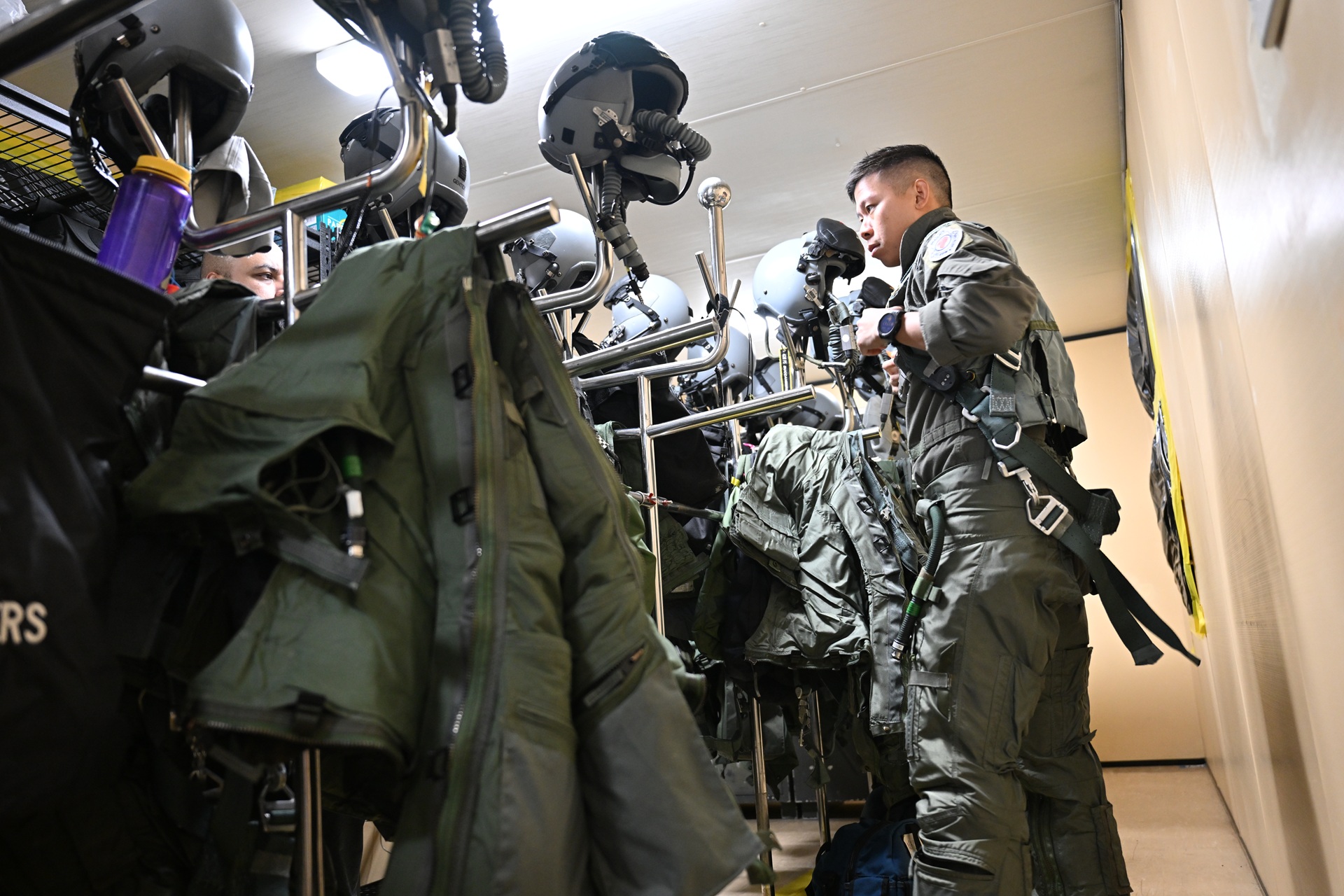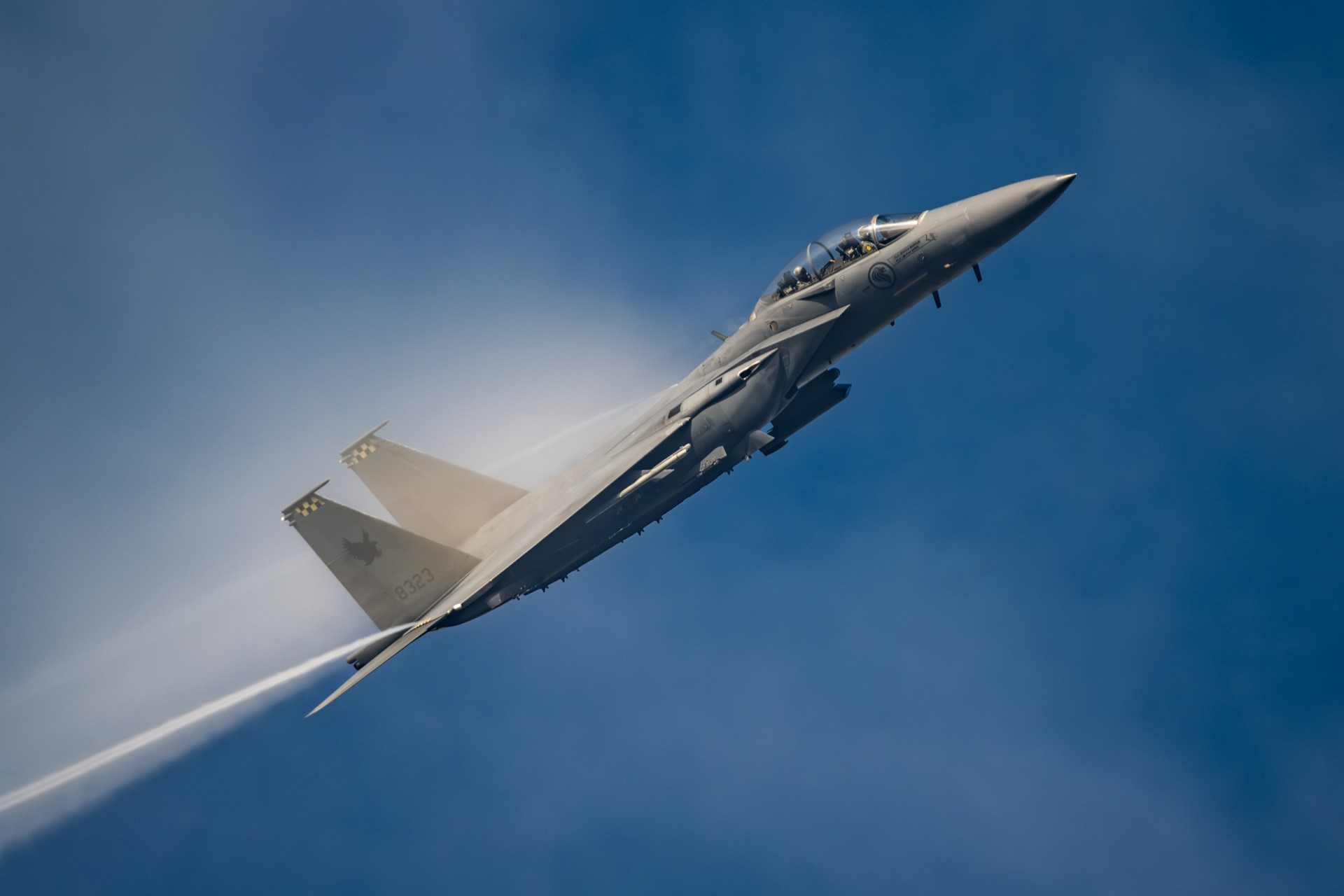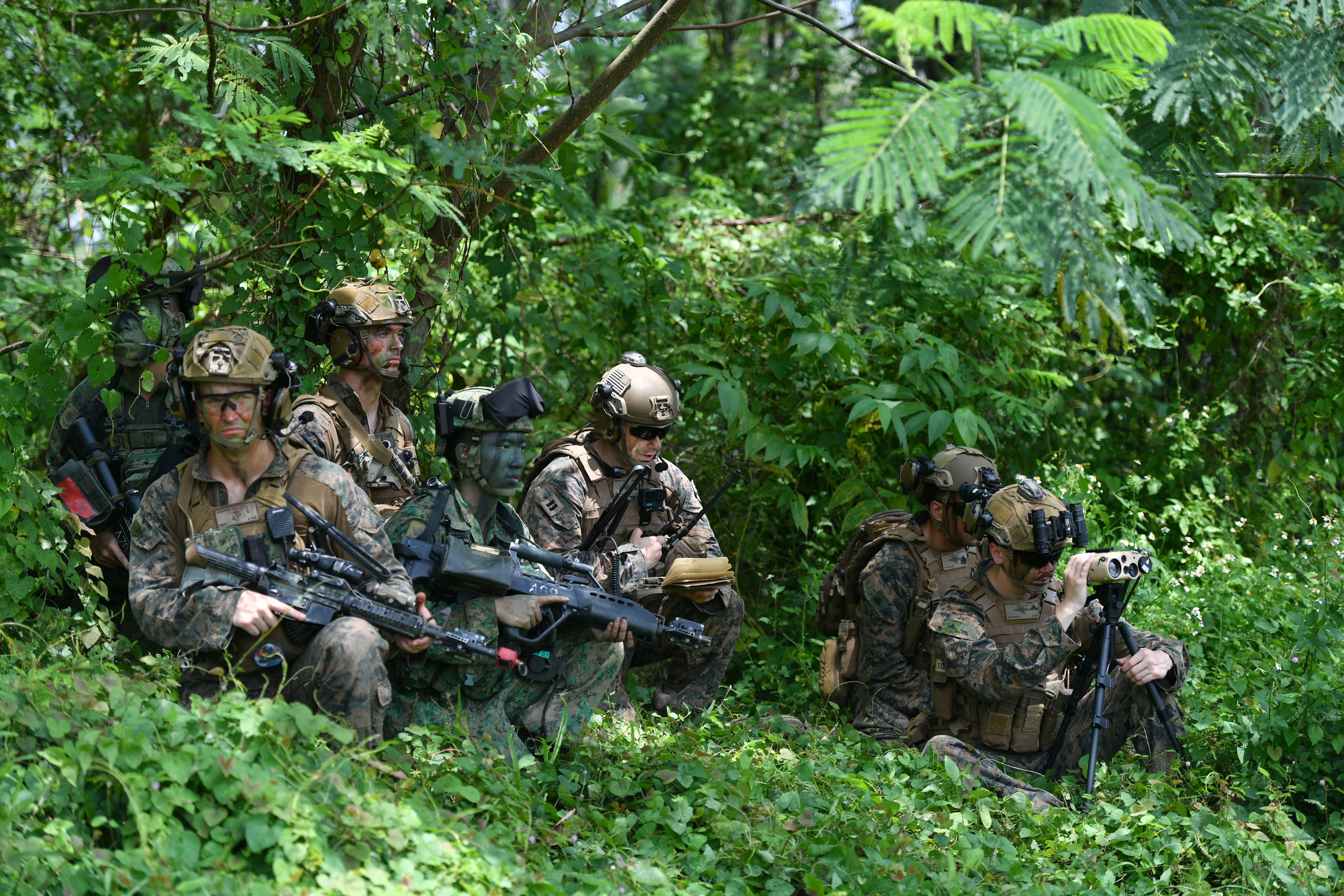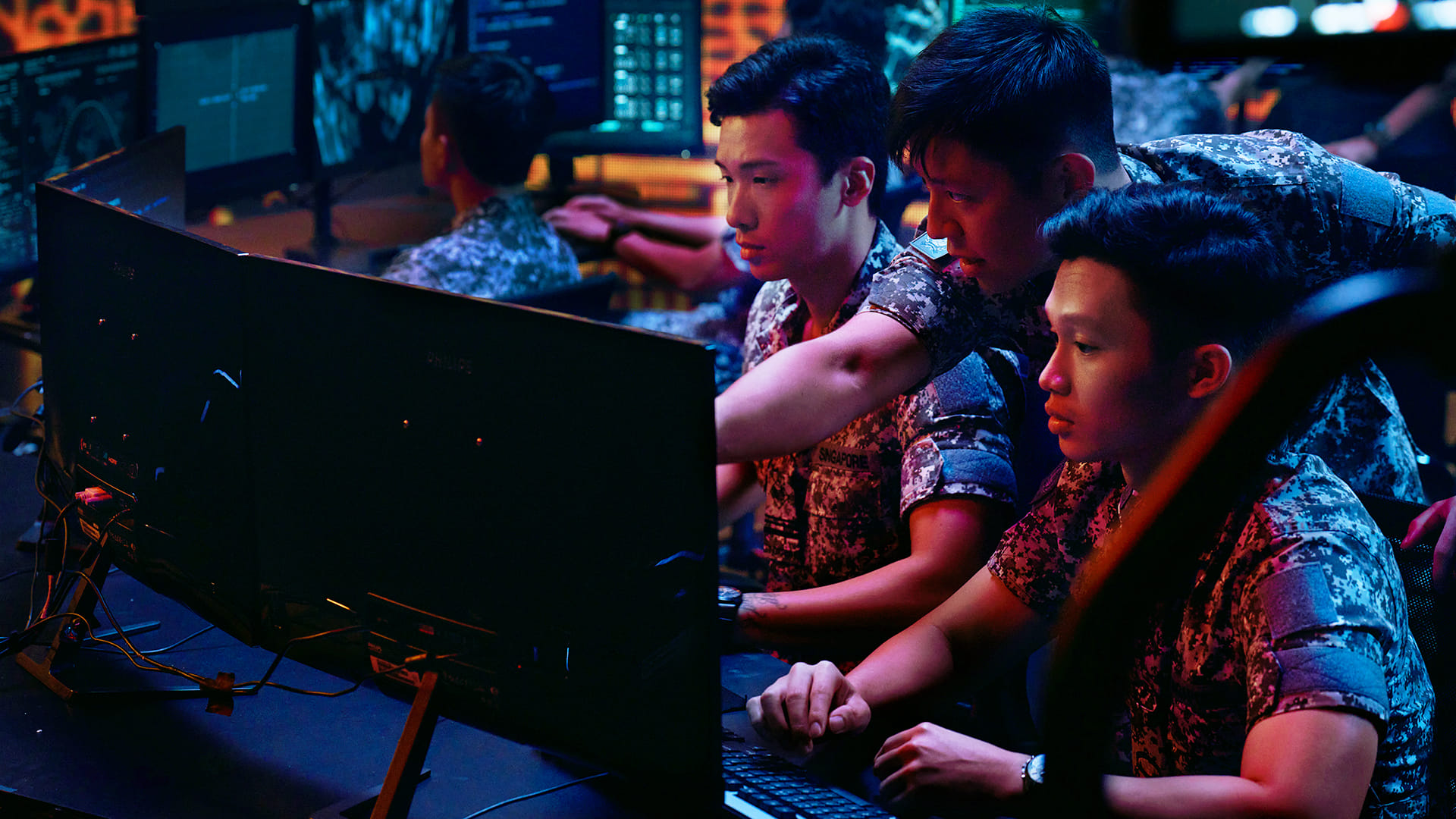INNOVATIONS FOR A BETTER SAF
STORY // Ong Hong Tat
PHOTO // Chai Sian Liang and Benjamin Lee
The Productivity and Innovation in Daily Efforts (PRIDE) movement turns 30 this year but it's showing no signs of flagging. PIONEER serves up a sampling of the projects: three cool innovations which promise to improve the way the Singapore Armed Forces (SAF) works.
Lighter Armour
Team: Planning Ahead
Unit: Headquarters 9th Division Infantry
Every soldier knows: the longer you walk - the heavier your load feels. For this reason, SAF soldiers owe quite a lot to the team behind the Integrated Body Armour (iBA) project for literally taking weight off their shoulders.
In the past, SAF soldiers faced with high threat levels were required to don a 10.5kg set of protective gear which comprised a Load Bearing Vest (LBV) worn over a bulletproof vest. With the svelte iBA, their load will be reduced to 6.5kg.
But the new armour is no lightweight when it comes to its features.
For example, pockets for the easy insertion of hard and soft armour plates allow soldiers to customise levels of protection according to threat levels.
A strap - located at the bottom of the iBA - allows soldiers to quickly jettison the entire vest in emergency situations. The full Modular Lightweight Load-Carrying Equipment system - also found in the old set-up - was improved such that soldiers of different vocations could attach more pouches as needed.
The team spent many months gathering feedback from soldiers and personally going on route marches in their prototype designs, in order to arrive at the iBA which soldiers use today from Day One of their military life at the Basic Military Training Centre.
Team member 2nd Sergeant (2SG) Khoo Choon Kiat found that the original material trapped too much heat after one of the route marches. "We already had some feedback from soldiers on the iBA's heat dissipation issues and the route march confirmed this," said 2SG Khoo. This resulted in the improved mesh-net material used to construct much of the iBA.
The idea for a jettison strap came from practical considerations as the old system required soldiers to remove one vest before the other.
Team leader Military Expert 3 (ME3) Saravanan Renganathan was concerned that soldiers would not have enough time to remove the vests. "In a country surrounded by water, its something that we naturally thought of during the design process!" he laughed.
Safer Landings
Team: Esybee
Unit: Air Logistics Department
Grabbing a flashlight to see in dark environments is a natural reflex for most, but what do you do when the obstacles are invisible to the naked eye? This was the challenge for the team behind the Radio Frequency (RF) Badge for Super Puma Helicopters.
The obstacle, in this case, were high levels of Electro-Magnetic (EM) emissions that can affect Super Pumas during landings. While the emissions do not cause problems to EM-hardened aircraft such as the Sikorsky S-70B naval helicopter, the Super Puma's cables are not shielded from EM emissions.
While ships are required to shut off all high-powered emitters when a Super Puma is landing, there was no way for the air crew to verify this. In the worst-case scenario, the helicopter could crash while attempting to land in a high EM emission environment through no fault of the pilot or air crew.
To prevent that from happening, team Esybee took the cue from the ubiquitous Electronic Road Pricing system found on Singapore roads to install an RF badge on the Super Pumas. The team used commercially-available RF badges - designed to warn workers of high EM environments - as a starting point.
"A Super Puma's threshold for EM emissions is obviously different from a human's. There was also a need to set the RF badge at the correct level so as to be accurate and prevent false alarms," explained team leader ME6 Ken Chua.
"Like the ERP In-Vehicle Unit, it beeps and displays a visual cue whenever it detects a 'gantry' which are the EM emissions. Only difference is that it doesnt deduct money!" joked team member ME4 Edwin Leong.
Once dangerous levels of EM emissions are detected, the pilot and air crew on board can then carry out remedial actions such as asking the ship to power down their equipment. In order to maintain the RF badges, the team came up with a set of handling procedures which detail where the badge is to be placed on board a Super Puma, and put in place a biennial mandatory recalibration service for each of the badges to ensure accuracy levels.
Better Test Kit
Team: Emulators
Unit: Tuas Maintenance Base
Team Leader ME2 Gary Choo is not lying when he says the team "brought the sea to the workshop" in order to test the operability of Exercise Mine Disposal Charge (Ex MDC) systems. For exercises and training which involve the Ex MDC, functionality checks have to be conducted before they are handed over to the Mine Counter-Measure Vessels.
While the majority of the components in an Ex MDC can be tested on land in the workshops, the fuse module requires a certain level of water pressure to activate the hydrostatic switches located at its rear. This means taking the Ex MDC to a ship so that it can be submerged to its required depth.
"To do that, we had to coordinate between multiple parties, making sure a ship was available and getting the necessary harbour and other security clearances before we could conduct any test," said ME2 Choo.
That prompted ME2 Choo and his team to think about how they could simplify the task, which used to take seven men about 25 man-hours to complete.
The team decided that the best way was to find a simple, safe yet reliable method to replicate the undersea conditions which triggered the fuse.
After a series of in-depth engineering studies, the team discovered that they could simulate the necessary water pressure by using a simple hand-operated air pump.
They then quickly settled on a simple yet effective solution of using modified garden hoses to deliver the pressure to the hydrostatic switches. In order to achieve an air-tight seal with the hydrostatic switches, the team had to fashion specially-designed pins - the final step.
With the kit in place, Ex MDC testing has become a two-man affair which takes about three hours to complete. And it's not just about finding ways to complete their tasks more quickly: "Through this project, the team also acquired in-depth knowledge of the Ex MDC system and it has given us greater confidence in handling the system," said ME2 Choo.
